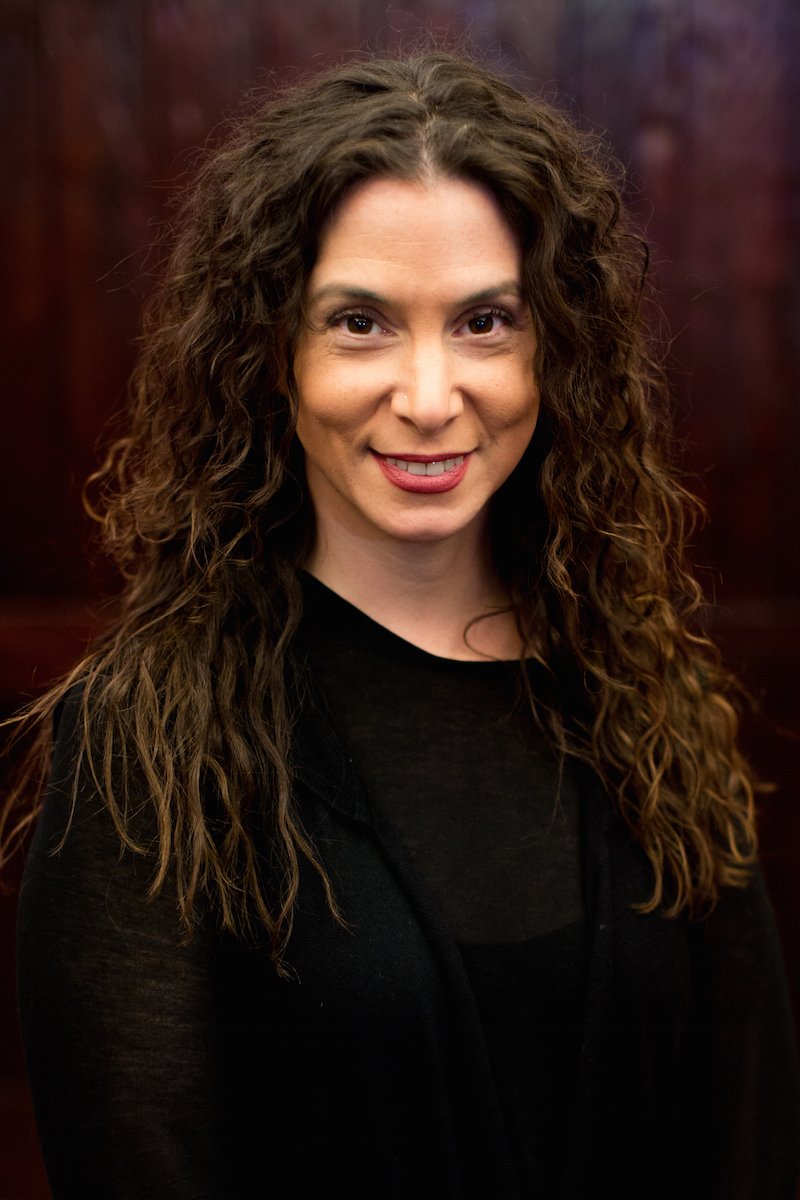Space between Stimulus and Response: Creating Critical Research Paradises
By Sharon Ravitch.
Dr. Ravitch is Professor of Practice, Policy, Organizations, Leadership, & Systems Division, Penn Graduate School of Education. She is the co-author of Qualitative Research Bridging the Conceptual, Theoretical, and Methodological and a regular Sage Research Methods Community contributor. This post is from the March 2020 focus on research design, theory, and conceptual frameworks.
Viktor Frankl, Holocaust survivor who became an eminent US social psychologist, shared numerous significant social psychology concepts, one of which is the space between stimulus and response. In Frankl’s words, “Between the stimulus and response, there is a space. And in that space lies our freedom and power to choose our responses. In our response lies our growth and our freedom” (Frankl, 1946).
Dr. Sharon Ravitch
The space between stimulus and response is an evergreen concept that can be generative across all facets of life. In this blog post, I discuss the application of the space between stimulus and response in qualitative research. For me, this concept means that between the time of an event or experience—and herein I focus on the relational research moments of interviews and focus groups, so the events are speech acts and interactions—and your reaction to what you hear (or what you think you hear), and then how you respond to that, there is a space—a literal space in time that you can use in generative ways if you consciously let it be there and learn how to critically engage it.
Relational research moments
In this space researchers are automatic or intentional in the ways that we interpret and experience our participants’ words and enacted beliefs and values (i.e., the stimulus). Imagining the space is the first step in learning how to work to reflexively create it, how to engage and use it to be more present and constructive rather than simply reactive as we engage in research conversations as a part of data collection. In the case of interviews, the speech act of research participants constitutes the stimulus and our replies and follow-up questions are the responses. In focus groups, there is the added layer of group dynamics and our responses and choices within these dynamics as the researcher(s).
When we believe in and come to understand this concept of the space between stimulus and response and, further, decide to learn to engage it by working to intentionally notice and be curious about, rather than judgmental within interactions, we are better able to cultivate the kind of mindset and critical consciousness we need to be able to learn to identify, understand, problematize, and ultimately be in control o four responses. As I have come to understand it, the space helps me to consciously experience the generative power of my own intention, criticality, and mindfulness during conversations, to be a much more engaged, attentive, and active listener. Or rather, and importantly, I give myself, and reside in, my own relational power when I recognize and consciously use the space—realizing that I have agency to handle whatever emotions arise, which gives me the freedom to see that there is a range of responses that I can choose from as I take in and respond to people, phenomena, situations, and the world. This in turn helps me to continue to deepen the requisite skills needed to see, observe, and traverse complex relational and interpretive ecosystems more calmly and with more reflexivity, authenticity, bespoke responsiveness, and skill.
A space for learning
This space is an immensely generative place of learning and unlearning and deliberate choice-making for researchers. For me this space of reflexivity—which necessarily includes interrogating my social identity and positionality in my research—has become an antidote to poor conversational impulse control such as unconsciously using shift responses rather than support responses, experiencing (and even feeling helpless to at times to) amygdala-based reactions such as flight or fight or turning inwards and shutting down, or residing in a place of judgement of (and therefore distance from) others (and even quieting the judgement of myself). As I practice widening this space with true criticality, this reflexive practice allows me to be my most curious and humble self, to consider things thoughtfully and without personalizing them or feeling an anxiety-based sense of crisis, or urgency. This helps me to more actively reflect on and consider perspectives other than my own, to see where I miss the mark and misstep or simply do not understand, to identify, theorize, and challenge my own in-the-moment interpretations and the researcher choices and behaviors that stem from them.
Relational space: a gift for researchers
I am grateful for this critical gift of the space between stimulus and response because it helps me to be my most authentic self, meaning my most reflective, compassionate, present, reflexive, and relational self as a researcher. And to feel calm and grounded as I make the changes and moves necessary to continuously challenge myself to recalibrate my research engagement style and understanding of researcher identity.
Specifically, the space between stimulus and response helps me, as a researcher, to:
Be curious, notice, and make explicit how I think and feel in a given moment and specifically in confusing or upsetting moment.
Build real-time understandings of my affective responses and conversational tactics.
Critically consider my social identity and positionality and how they, and I, show up in interviews and focus groups (and in the research more broadly).
Understand how and why I react in certain ways, and to slow that down by noticing it and being curious about it.
Be more mindful and present in conversations by noticing my emotions and reactions.
Take a moment to collect myself and remember what my weak spots and triggers are, which gives me the needed time to resist falling back into familiar patterns and identity impositions.
See that there are a range of possible responses and feel able to access a range of choices.
There is always more work to do on, and in, my space between stimulus and response, it is surely a life-long learning and growth process. As I contemplate this reality and the directions in which it points me, I reflect on the words of bell hooks (1994) who writes,
Research Learning: A Kind of Paradise!
The academy is not paradise. But learning is a place where paradise can be created…. with all its limitations, [it] remains a location of possibility. In that field of possibility we have the opportunity to labor for freedom, to demand of ourselves and our comrades, an openness of mind and heart that allows us to face reality even as we collectively imagine ways to move beyond boundaries, to transgress. This is education as the practice of freedom.
I believe that qualitative research, even with its limitations and constraints, is a location of immense possibility. The possibility lies precisely in finding, creating, and recreating the desire to view working towards freedom as an opportunity. The work of demanding of ourselves, as researchers, and of our colleagues, an openness of mind and heart can help us to face the realities of the less-than-ideal society in which we live as we strive to move beyond the borders that confine our lives and our work. While the work of socially transformative research requires considerable focus and energy, I have learned most of all that our freedom, borne of growth, is what is at stake.
Frankl, V. E. (1946). Ein psycholog erlebt das konzentrationslager. München, Germany: Verlag für Jugend und Volk. (German)
hooks, b. (1994). Teaching to transgress: Education as the practice of freedom. London, UK: Routledge.















Conditions in the world are changing, so researchers need to be responsive to participants. Find a practical, thoughtful post from Dr. Sharon Ravitch.